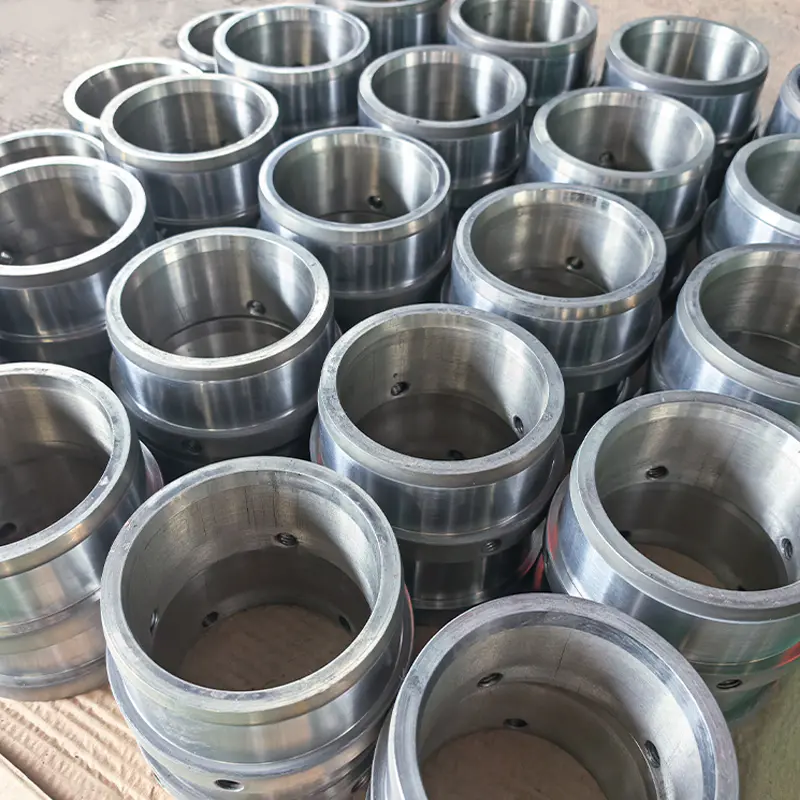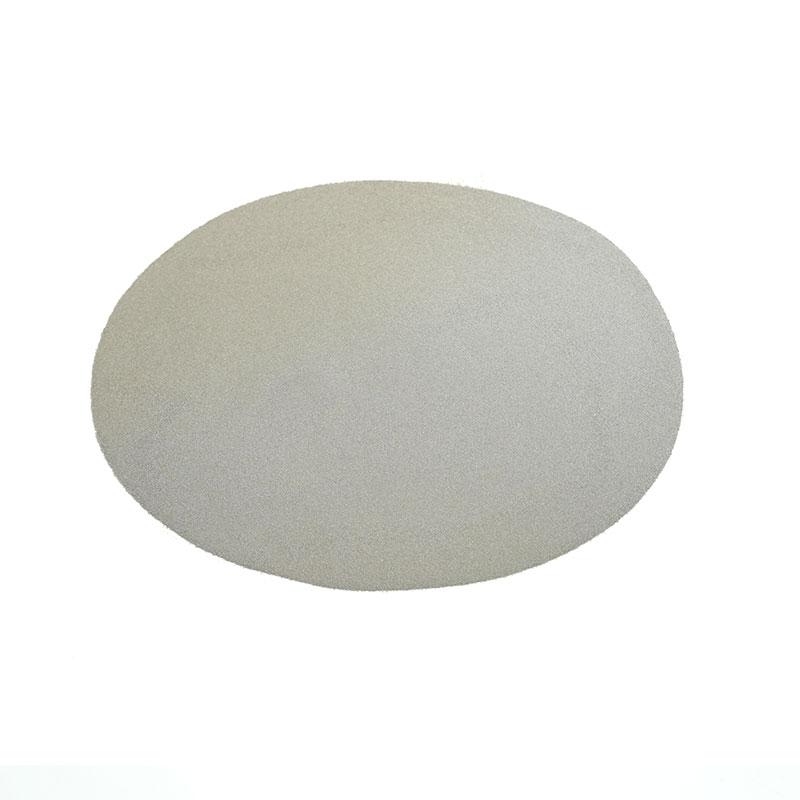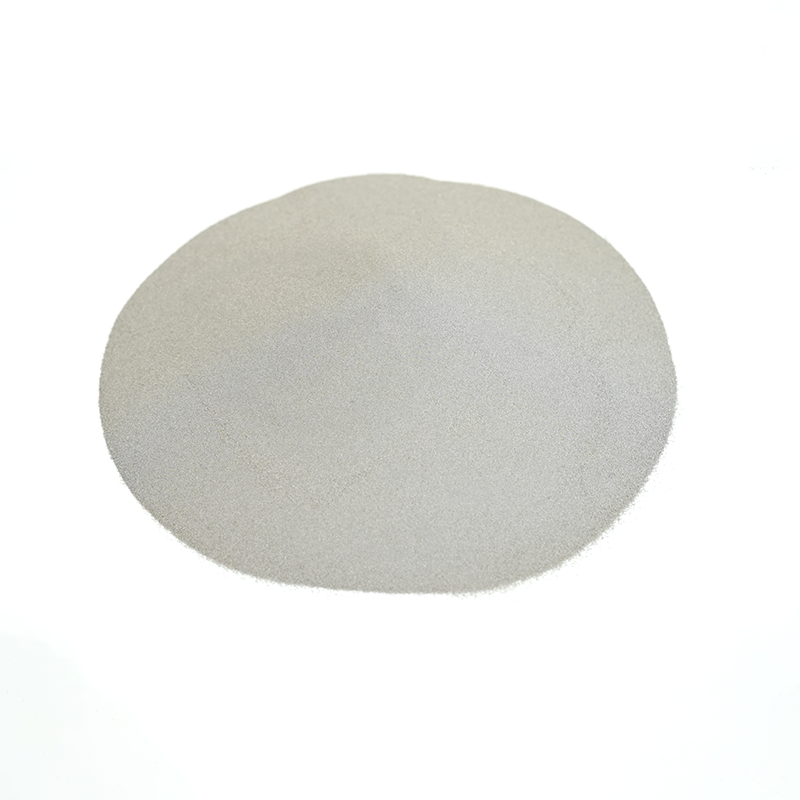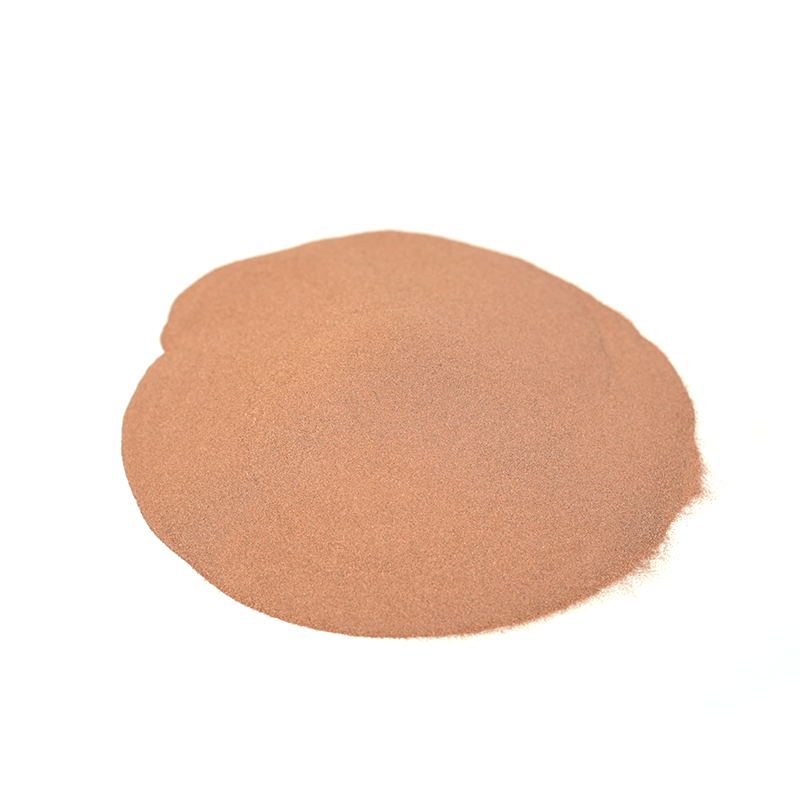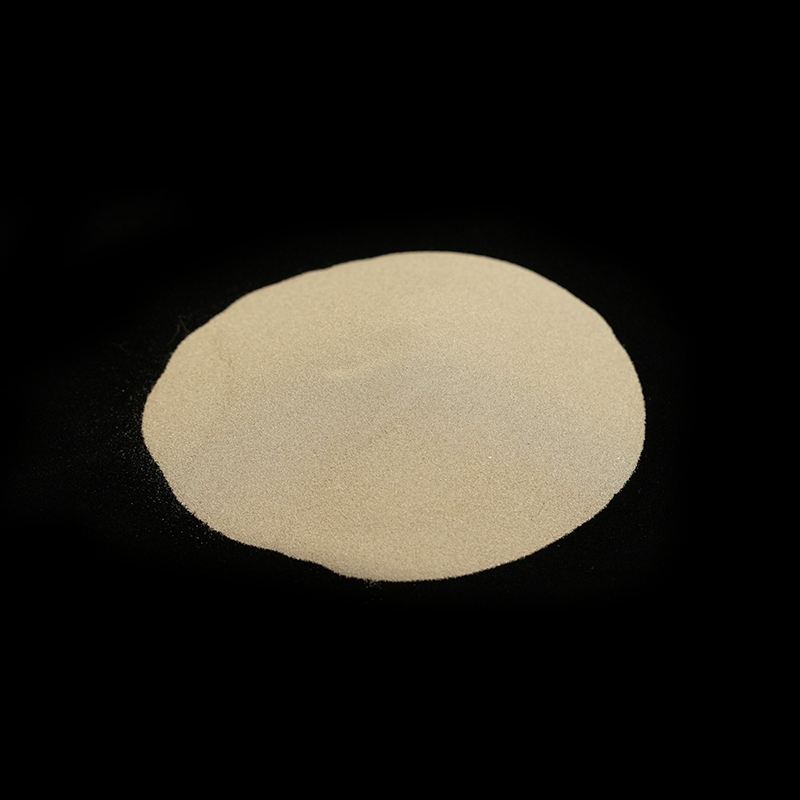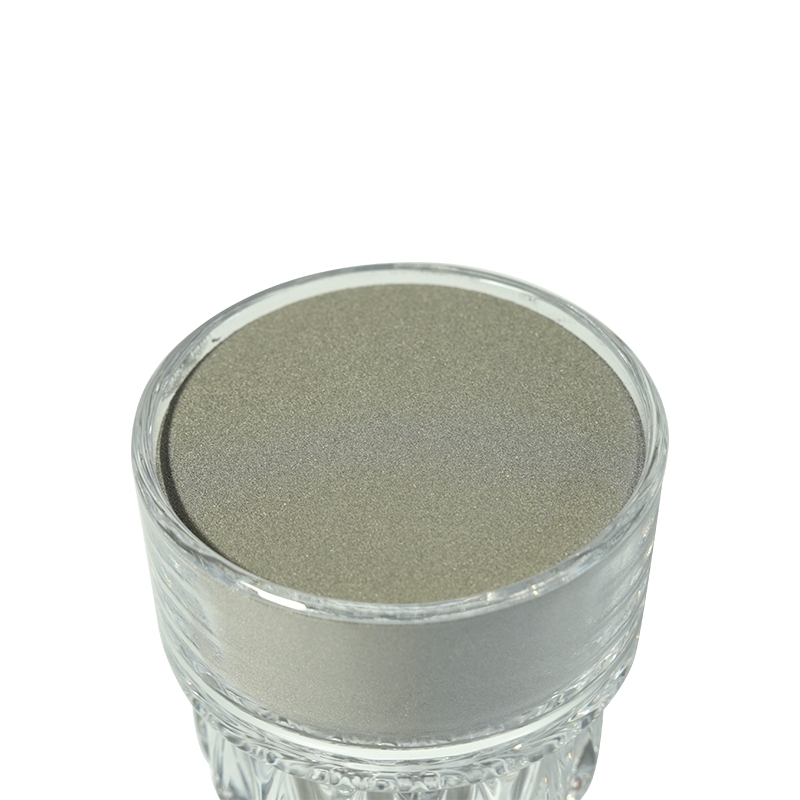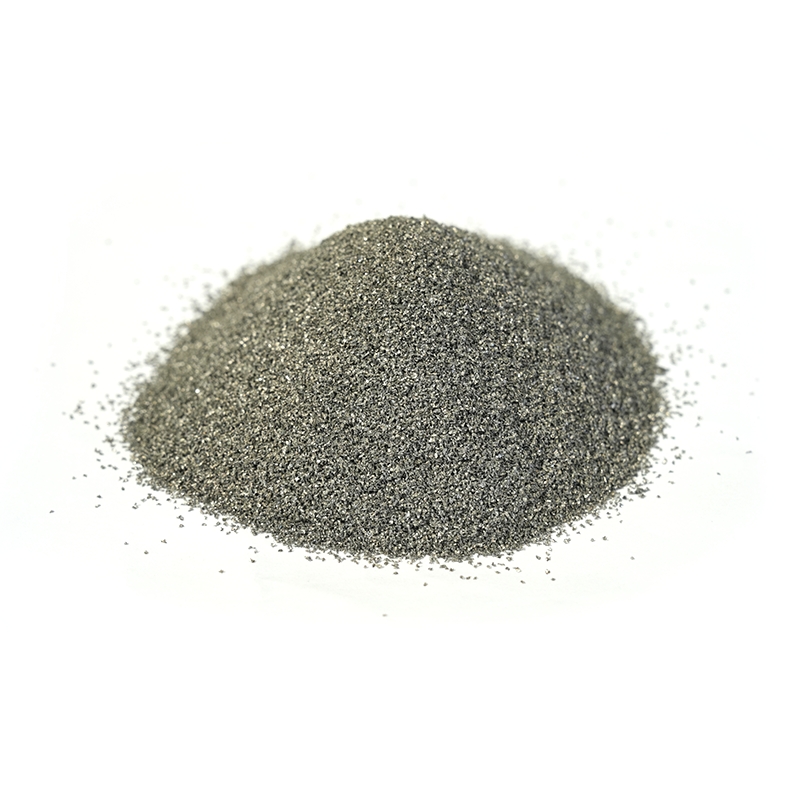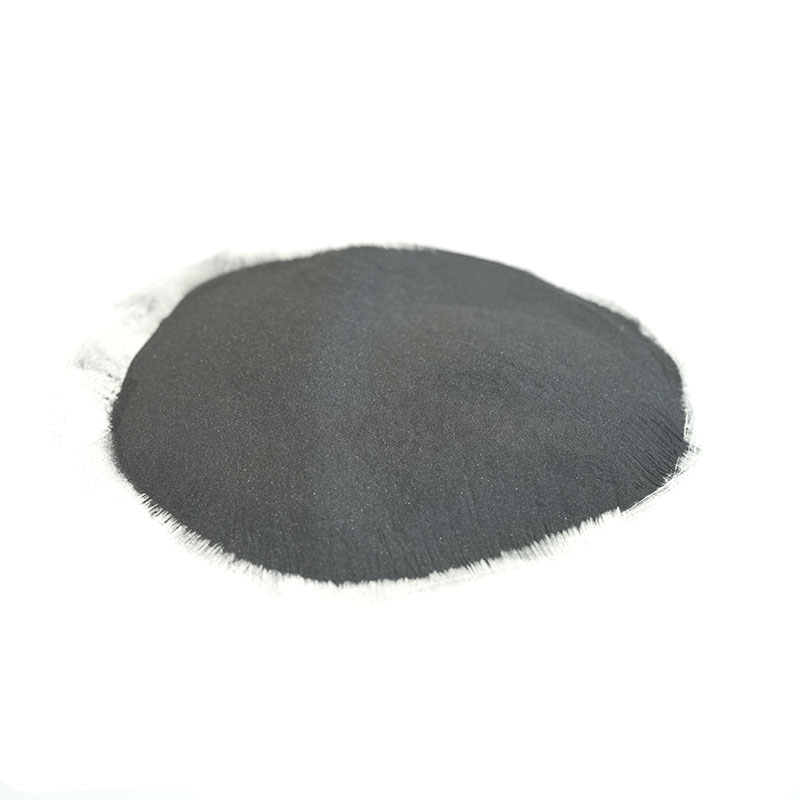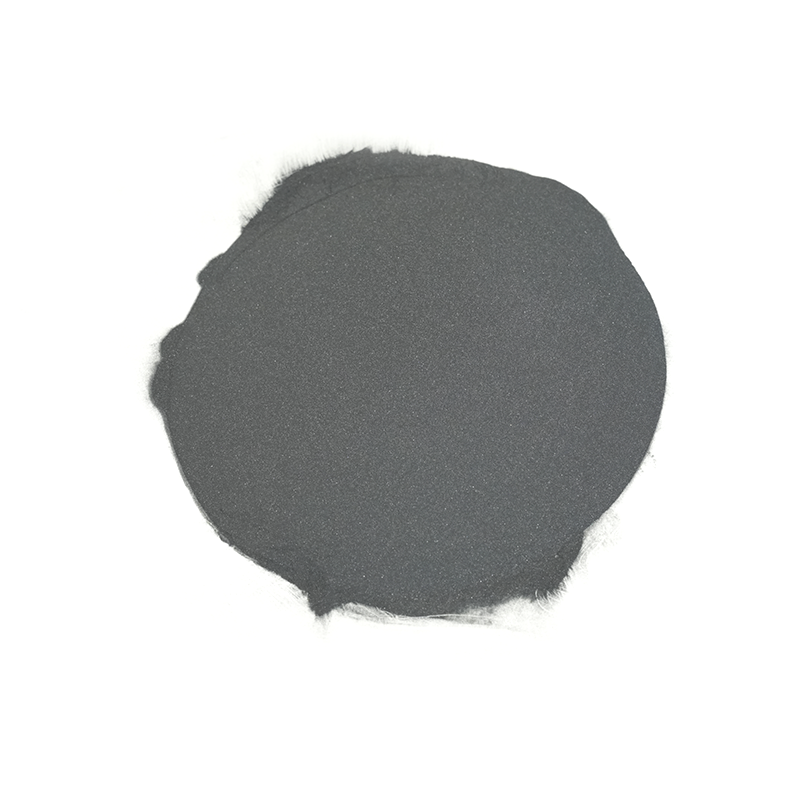In the vast and ever-evolving landscape of material science, certain compounds stand out for their exceptional properties and versatility. Among these, Alumina Titanium Oxide Powder has emerged as a true workhorse, a sophisticated composite material that combines the best characteristics of its individual components. This article delves into the unique nature of this advanced powder, exploring its composition, manufacturing, and the myriad of applications that make it a cornerstone of modern industrial technology.
A Synergistic Union: Understanding the Composition
At its core, Alumina Titanium Oxide Powder is a ceramic composite, a masterful blend of two distinct materials: aluminum oxide () and titanium dioxide (). Aluminum oxide, or alumina, is renowned for its outstanding hardness, high melting point, and excellent chemical stability. It is a fundamental material in abrasive tools, refractories, and structural ceramics, valued for its ability to withstand extreme conditions.
Titanium dioxide, on the other hand, is a versatile and widely used compound. While its most common application is as a white pigment, in its ceramic form, it contributes to the composite's unique properties. When combined with alumina, it enhances the material's fracture toughness, making it less brittle and more resistant to mechanical stress. This synergistic relationship is the key to the powder's superior performance. The titanium oxide phase acts as a toughening agent, effectively interrupting crack propagation within the alumina matrix. This results in a material that is not only incredibly hard but also significantly more durable than pure alumina.
Manufacturing Excellence: From Raw Materials to Refined Powder
The creation of high-quality Alumina Titanium Oxide Powder is a complex process that demands precision and control. The journey typically begins with the careful selection and purification of the raw materials, alumina and titanium dioxide. These powders are then mixed in specific proportions, a critical step that determines the final properties of the composite.
Two primary methods are often used for blending: dry mixing and wet mixing. Dry mixing involves physically blending the powders, while wet mixing disperses them in a liquid medium, often water or an alcohol, to achieve a more homogeneous mixture. The latter is preferred for applications where a uniform microstructure is paramount. After mixing, the slurry is dried and calcined at high temperatures to form a solid, sintered cake. This cake is then milled and ground into a fine powder, ready for use in various manufacturing processes. The particle size distribution and morphology are meticulously controlled to meet the strict requirements of different applications, ensuring consistent performance.
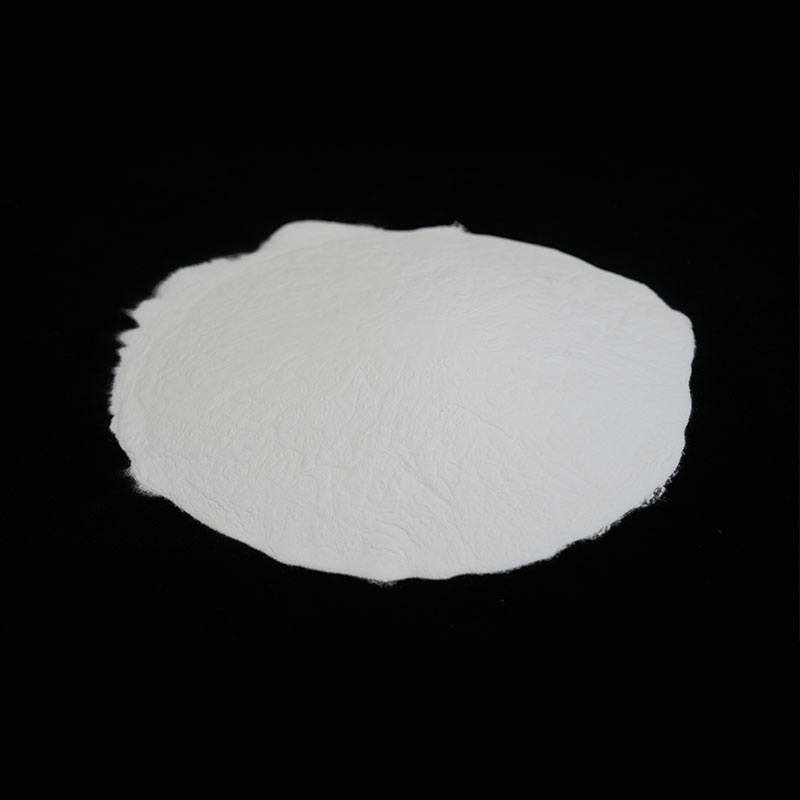
A Spectrum of Applications: Where the Powder Excels
The exceptional combination of properties offered by Alumina Titanium Oxide Powder makes it an ideal material for a diverse range of high-performance applications.
-
Thermal Spray Coatings: One of the most significant uses of this powder is in thermal spray processes, such as plasma spraying and high-velocity oxygen fuel (HVOF) spraying. When applied to a substrate, the powder forms a dense, wear-resistant, and corrosion-resistant coating. This makes it invaluable for protecting components in gas turbines, pump seals, and industrial machinery from erosion and chemical attack. The coatings are particularly effective in environments with high temperatures and abrasive media.
-
Advanced Cutting Tools and Abrasives: The remarkable hardness of the composite makes it an excellent choice for manufacturing cutting tools and abrasives. Its superior toughness compared to pure alumina allows for more aggressive cutting and grinding operations, extending tool life and improving efficiency in machining hard materials.
-
Biomedical Implants: In the medical field, the biocompatibility and wear resistance of Alumina Titanium Oxide Powder are highly valued. It is used in the creation of joint replacements and dental implants, where long-term durability and resistance to wear are crucial for patient health and comfort.
-
Structural Ceramics: The powder is also a key ingredient in the production of structural ceramics used in aerospace and automotive industries. Components like engine parts and armor plating benefit from the material's high strength-to-weight ratio and ability to withstand extreme thermal and mechanical loads.
The Future of Alumina Titanium Oxide Powder
As industries continue to push the boundaries of material performance, the demand for advanced ceramics like Alumina Titanium Oxide Powder is set to grow. Ongoing research focuses on fine-tuning the composition, exploring new manufacturing techniques, and incorporating nanoparticles to further enhance its properties. The ability to tailor the material's characteristics for specific needs—whether it's for superior wear resistance in a pump or enhanced biocompatibility in a medical device—ensures its continued relevance and importance in a world that increasingly relies on materials that can perform under pressure. This innovative composite is not just a powder; it is a fundamental building block for the technologies of tomorrow.


 English
English русский
русский عربى
عربى